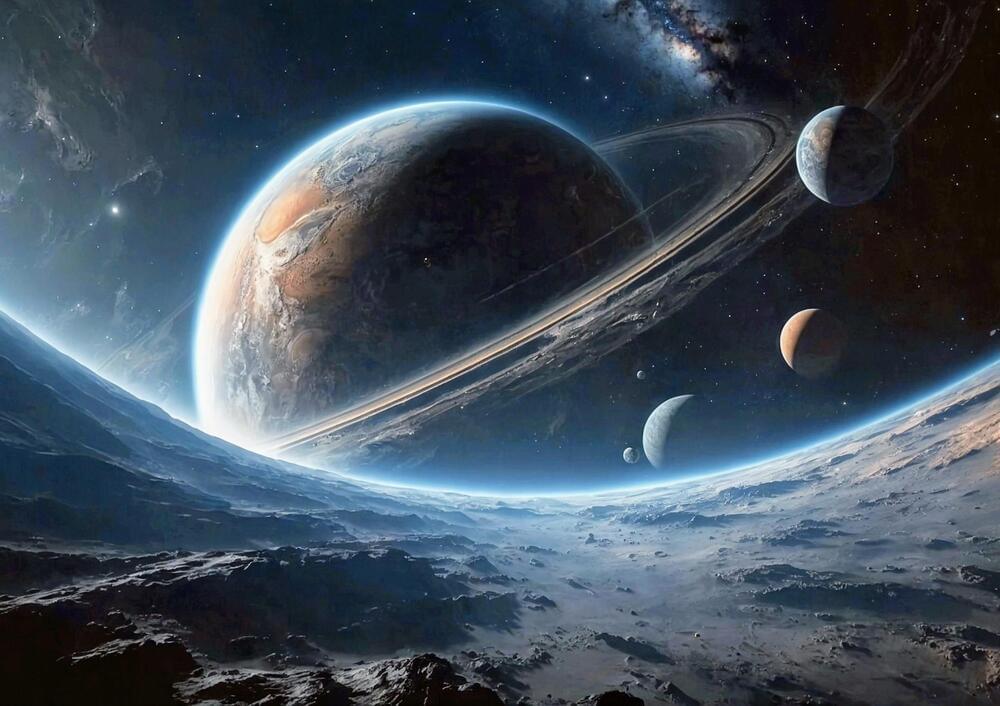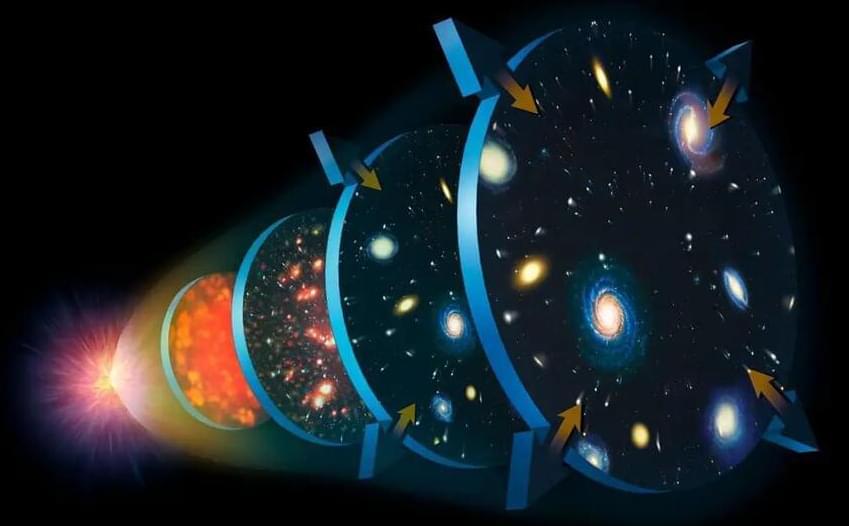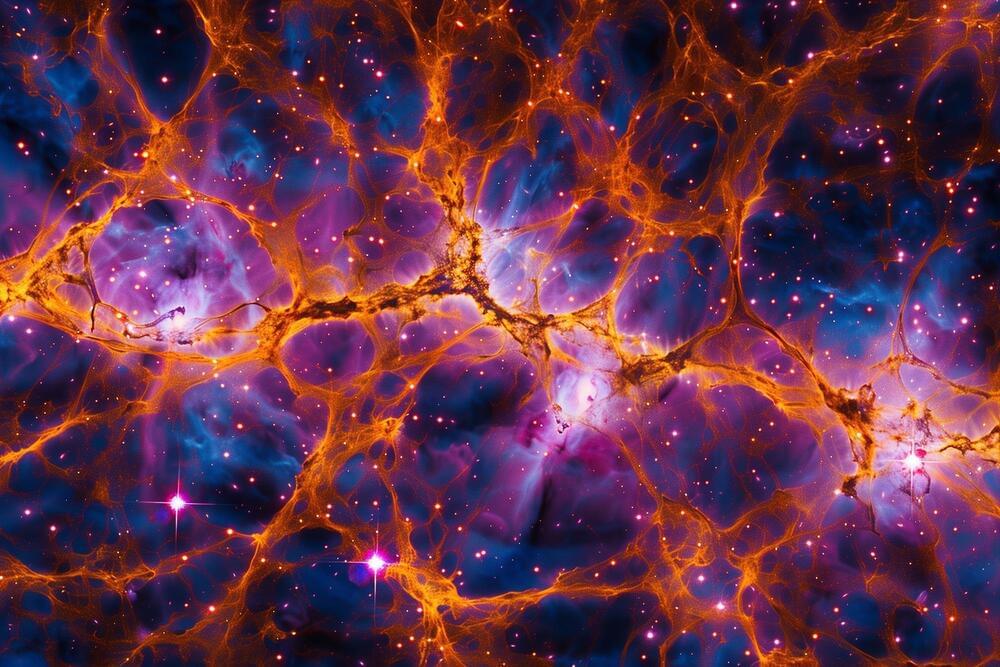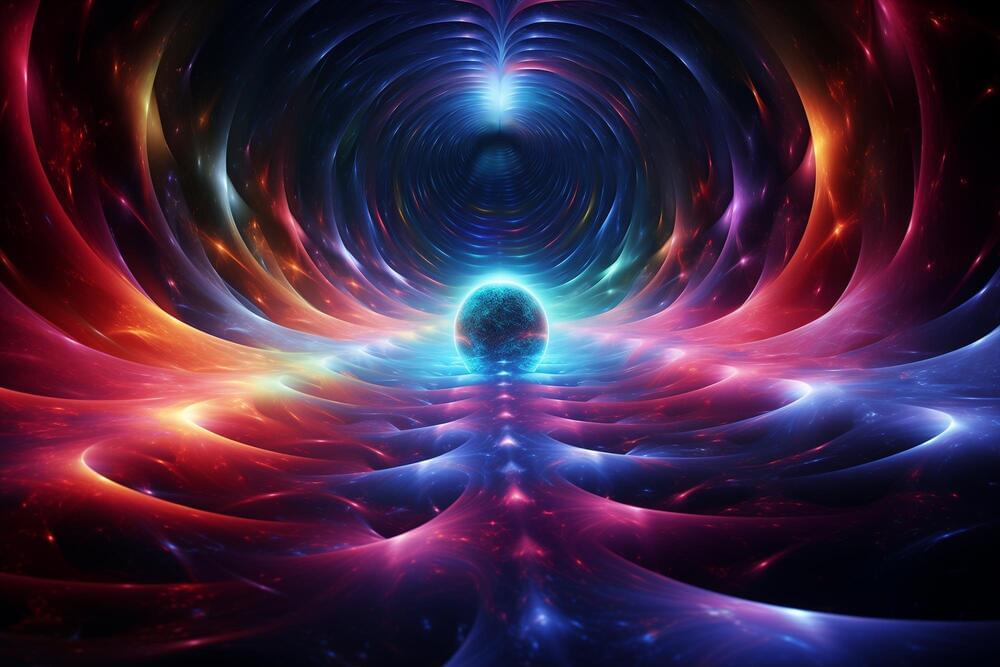A group of astronomers from numerous institutions have investigated a recently discovered nearby tidal disruption event known as ASASSN-22ci. They detected two luminous flares from this event. The finding was reported in a paper published Dec. 19 on the preprint server arXiv.
Tidal disruption events (TDEs) are astronomical phenomena that occur when a star passes close enough to a supermassive black hole and is pulled apart by the black hole’s tidal forces, causing the process of disruption.
Such tidally disrupted stellar debris starts raining down on the black hole and radiation emerges from the innermost region of accreting debris, which is an indicator of the presence of a TDE. All in all, the debris stream–stream collision causes an energy dissipation, which may lead to the formation of an accretion disk.




